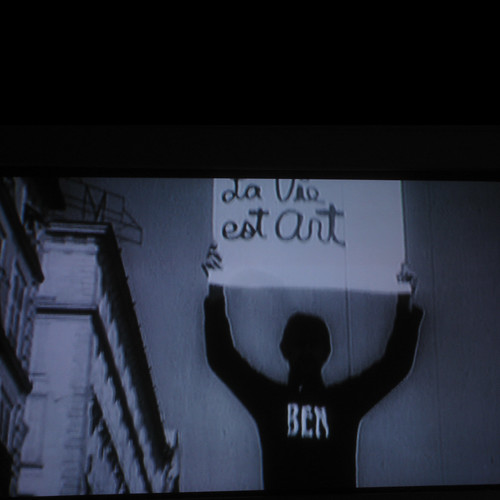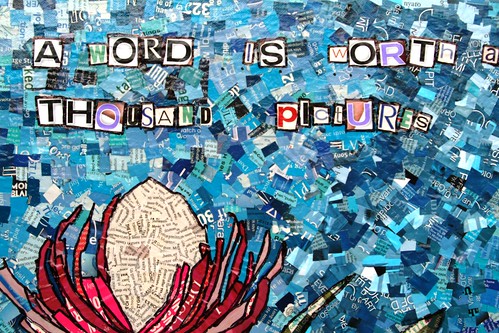One of my most vivid memories of high school English was when the teacher would ask us to “diagram a sentence.” I learned that there are three logical steps: Know the rules; Identify the parts; and Reconstruct and create the sentence. By following these rules, over and over, it became possible to see words, and their various constructions, as building blocks from which creativity could flow.
In considering this, it occurred to me that the strategic approach to communication requires the same basic steps.
Step 1: Know the Rules
First, you must know the rules of the channel into which you hope to communicate. When I first started in public relations, one had to know the right reporters and how they preferred their information. Additionally, you had to create appropriate visual or audio accompaniments for whatever channel you were pitching: television, print or radio.
Beyond media, you had to know what your stakeholders wanted and how to approach those relationships. I didn't know it at the time, but it was great training for social media.
Today, there are so many channels that it is deafening. Now in addition to knowing what content and approach is most appropriate, you must also take a more anthropologic approach that takes into consideration the cultural aspects of the community you hope to influence.
It is this step that is arguably the most important, and it is this step that most agencies and organizations skip due to budget, lack of time or ignorance.
Step 2: Identify the Parts
Once you know the rules, it becomes easy to identify the elements of the community or media channel in which it will be best to engage. Who are the important players, what is the interest in various types of content, who would be most receptive to your product, idea or service in that channel?
Many communicators make the mistake of starting with this step, but until you know the rules this step is hard. Once you have the lay of the land, this is the easiest step of all.
Step 3: Reconstruct and Create
 Once you know the players and have a handle on the elements of communication that a particular community would find interesting, then you can start the creative process.
Once you know the players and have a handle on the elements of communication that a particular community would find interesting, then you can start the creative process.
If you are conducting a campaign online, here is where you can break out your creative canvas to combine a dab of YouTube with a dash of blogging, served up with a side of podcast. And while you are at it you can throw in a few more personal interactions (those still work). This is the tactical stage, and it is the one that my good friend and SEO expert Lee Odden calls an “interconnected footprint of relevant content, photos, video and audio.”
Lee hits on a brilliant simplification of what the modern public relations professional must become to succeed, which is a content artist. And with the state of the content that we have created thus far: bad pitches, stilted press releases and annual reports and employee newsletters filled with corporate cliche's, I can see why people are a bit skeptical that we can pull it off.
Call me an optimist, because I think it can be done, at least by a few that are devoted to doing it right. We just have to turn the page back and remember how to diagram our sentences.
Credits: Collage by Emilyb623 and photo by Display Eleven Store.
